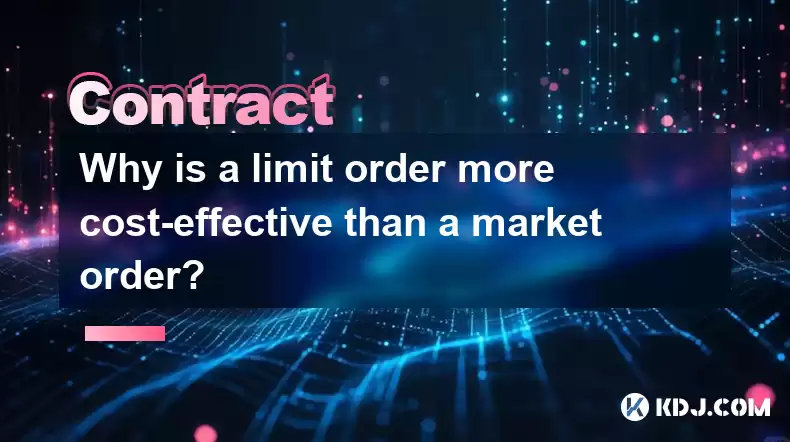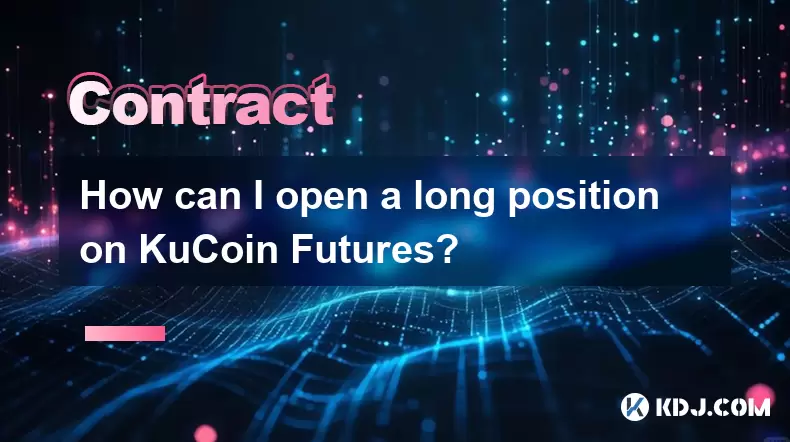-
 Bitcoin
Bitcoin $116700
0.24% -
 Ethereum
Ethereum $3973
4.34% -
 XRP
XRP $3.283
7.68% -
 Tether USDt
Tether USDt $1.000
0.01% -
 BNB
BNB $789.8
2.27% -
 Solana
Solana $176.2
3.31% -
 USDC
USDC $0.9999
0.00% -
 Dogecoin
Dogecoin $0.2238
5.14% -
 TRON
TRON $0.3389
-0.51% -
 Cardano
Cardano $0.7907
4.03% -
 Stellar
Stellar $0.4527
10.02% -
 Hyperliquid
Hyperliquid $41.07
4.27% -
 Sui
Sui $3.794
1.77% -
 Chainlink
Chainlink $19.49
10.40% -
 Bitcoin Cash
Bitcoin Cash $580.9
0.74% -
 Hedera
Hedera $0.2617
4.32% -
 Avalanche
Avalanche $23.41
3.67% -
 Ethena USDe
Ethena USDe $1.001
-0.03% -
 Litecoin
Litecoin $122.4
1.38% -
 Toncoin
Toncoin $3.364
1.49% -
 UNUS SED LEO
UNUS SED LEO $8.988
0.37% -
 Shiba Inu
Shiba Inu $0.00001295
2.82% -
 Uniswap
Uniswap $10.62
5.75% -
 Polkadot
Polkadot $3.922
4.46% -
 Dai
Dai $1.000
0.01% -
 Bitget Token
Bitget Token $4.494
2.15% -
 Monero
Monero $268.0
-1.30% -
 Cronos
Cronos $0.1523
3.68% -
 Pepe
Pepe $0.00001127
4.43% -
 Aave
Aave $285.4
4.85%
Why is a limit order more cost-effective than a market order?
Limit orders are more cost-effective than market orders because they allow you to set a specific price, giving you control over transaction costs in volatile markets.
Apr 10, 2025 at 01:35 pm

Why is a limit order more cost-effective than a market order?
When trading cryptocurrencies, choosing the right type of order can significantly impact the cost-effectiveness of your transactions. Two common types of orders are limit orders and market orders. Understanding the differences between them can help you make more informed decisions and potentially save on costs. In this article, we will explore why a limit order is often more cost-effective than a market order.
h3: Understanding Market Orders
A market order is an instruction to buy or sell a cryptocurrency at the best available current price. When you place a market order, the transaction is executed immediately at the prevailing market price. This type of order is straightforward and ensures that your trade is completed quickly. However, the simplicity of market orders comes with a potential downside: you have no control over the exact price at which your order is filled.
For example, if you place a market order to buy Bitcoin, your order will be filled at the lowest price currently offered by sellers. If the market is volatile, this price could be significantly higher than what you expected, leading to higher costs. Similarly, if you're selling, your order will be filled at the highest price currently offered by buyers, which could be lower than anticipated, resulting in a lower return.
h3: Understanding Limit Orders
A limit order, on the other hand, allows you to specify the exact price at which you want to buy or sell a cryptocurrency. When you place a limit order, your trade will only be executed if the market reaches your specified price. This gives you greater control over the transaction cost, as you can set a price that aligns with your financial goals.
For instance, if you want to buy Ethereum at $2,000 per coin, you can set a limit order at that price. Your order will only be filled if the market price drops to $2,000 or lower. This can be particularly advantageous in a volatile market, as it allows you to potentially buy at a lower price than what is currently available.
h3: Cost-Effectiveness of Limit Orders
The primary reason a limit order is more cost-effective than a market order is the control over the transaction price. By setting a specific price, you can avoid the risk of buying at a higher price or selling at a lower price than you intended. This control can lead to significant savings, especially in a market known for its volatility.
For example, if you place a market order to buy Bitcoin when the current price is $30,000, but the market price suddenly jumps to $31,000 due to high demand, you will end up paying the higher price. In contrast, if you had set a limit order at $30,000, your order would not be filled until the price drops back to that level, potentially saving you $1,000 per Bitcoin.
h3: Potential Drawbacks of Limit Orders
While limit orders offer greater control and potential cost savings, they also come with some drawbacks. One significant disadvantage is that there is no guarantee that your order will be filled. If the market never reaches your specified price, your order will remain unfilled, and you may miss out on the opportunity to trade.
For instance, if you set a limit order to sell Ethereum at $3,000 per coin, but the market price never reaches that level, your order will not be executed. This could be frustrating if the market continues to rise, and you miss out on potential profits.
h3: When to Use Limit Orders
Limit orders are particularly useful in certain scenarios. They are ideal when you have a specific price target in mind and are willing to wait for the market to reach that price. They are also beneficial in volatile markets, where prices can fluctuate rapidly, and you want to ensure you get the best possible price.
For example, if you believe that the price of a cryptocurrency will drop to a certain level before rebounding, you can set a limit order to buy at that lower price. This strategy can help you capitalize on market dips and potentially buy at a more favorable rate.
h3: Practical Example of Using a Limit Order
To illustrate how to use a limit order effectively, let's walk through a practical example. Suppose you want to buy 1 Bitcoin, and you believe the price will drop to $29,000 in the near future. Here's how you can set up a limit order on a typical cryptocurrency exchange:
- Log into your cryptocurrency exchange account.
- Navigate to the trading section and select the Bitcoin trading pair you want to use (e.g., BTC/USD).
- Choose the "Buy" option and select "Limit Order" from the order type menu.
- Enter the amount of Bitcoin you want to buy (in this case, 1 BTC).
- Set the limit price to $29,000.
- Review your order details to ensure everything is correct.
- Submit the order.
Once your limit order is placed, it will remain active until it is filled or canceled. If the market price of Bitcoin drops to $29,000 or lower, your order will be executed, and you will buy 1 Bitcoin at your specified price.
Frequently Asked Questions
Q1: Can I use a limit order to sell a cryptocurrency?
Yes, you can use a limit order to sell a cryptocurrency. Just like with buying, you can set a specific price at which you want to sell your cryptocurrency. Your order will be filled if the market reaches or exceeds your specified price.
Q2: What happens if the market never reaches my limit order price?
If the market never reaches your specified limit order price, your order will remain unfilled. You can choose to cancel the order and place a new one at a different price or wait to see if the market eventually reaches your target.
Q3: Are there any fees associated with limit orders?
Fees for limit orders vary depending on the cryptocurrency exchange you use. Some exchanges charge a fee for placing a limit order, while others may only charge a fee when the order is filled. It's important to check the fee structure of your exchange before placing a limit order.
Q4: Can I modify a limit order after it's been placed?
Yes, most cryptocurrency exchanges allow you to modify a limit order after it's been placed. You can typically adjust the price or the amount of cryptocurrency you want to buy or sell. However, you cannot modify an order that has already been partially or fully filled.
Disclaimer:info@kdj.com
The information provided is not trading advice. kdj.com does not assume any responsibility for any investments made based on the information provided in this article. Cryptocurrencies are highly volatile and it is highly recommended that you invest with caution after thorough research!
If you believe that the content used on this website infringes your copyright, please contact us immediately (info@kdj.com) and we will delete it promptly.
- Roman Storm, Funding Effort, and the Looming Defense Retrial: A New York Minute on the Tornado Cash Case
- 2025-08-09 02:50:14
- Crypto's Wild Ride: XRP, Dogecoin, and the Altcoin Surge You Can't Ignore
- 2025-08-09 02:50:14
- Elon Musk, Bitcoin, and the Enduring Power of Approval: A Crypto Love Story?
- 2025-08-09 03:50:15
- Ruvi AI: The Next Big Thing After Ripple on CoinMarketCap?
- 2025-08-09 03:50:15
- Floki Price Surges: Elliott Wave and Fibonacci Setups Point to Potential Gains!
- 2025-08-09 02:30:16
- Pepe Price, RTX (Remittix?) & the $10K ETH Dream: NYC Crypto Chatter
- 2025-08-09 02:30:16
Related knowledge

What is the difference between realized and unrealized PNL on KuCoin?
Aug 09,2025 at 01:49am
Understanding Realized and Unrealized PNL on KuCoinWhen trading on KuCoin, especially in futures and perpetual contracts, understanding the distinctio...

How does KuCoin Futures compare against Binance Futures in terms of features?
Aug 09,2025 at 03:22am
Trading Interface and User ExperienceThe trading interface is a critical component when comparing KuCoin Futures and Binance Futures, as it directly i...

What is the distinction between mark price and last price on KuCoin?
Aug 08,2025 at 01:58pm
Understanding the Basics of Price in Cryptocurrency TradingIn cryptocurrency exchanges like KuCoin, two key price indicators frequently appear on trad...

What are the specific maker and taker fees on KuCoin Futures?
Aug 08,2025 at 08:28am
Understanding Maker and Taker Fees on KuCoin FuturesWhen trading on KuCoin Futures, users encounter two primary types of fees: maker fees and taker fe...

Can you explain the difference between cross margin and isolated margin on KuCoin?
Aug 09,2025 at 02:57am
Understanding Margin Trading on KuCoinMargin trading on KuCoin allows traders to borrow funds to increase their trading position beyond their actual c...

How can I open a long position on KuCoin Futures?
Aug 09,2025 at 02:07am
Understanding KuCoin Futures and Long PositionsOpening a long position on KuCoin Futures means you are speculating that the price of a cryptocurrency ...

What is the difference between realized and unrealized PNL on KuCoin?
Aug 09,2025 at 01:49am
Understanding Realized and Unrealized PNL on KuCoinWhen trading on KuCoin, especially in futures and perpetual contracts, understanding the distinctio...

How does KuCoin Futures compare against Binance Futures in terms of features?
Aug 09,2025 at 03:22am
Trading Interface and User ExperienceThe trading interface is a critical component when comparing KuCoin Futures and Binance Futures, as it directly i...

What is the distinction between mark price and last price on KuCoin?
Aug 08,2025 at 01:58pm
Understanding the Basics of Price in Cryptocurrency TradingIn cryptocurrency exchanges like KuCoin, two key price indicators frequently appear on trad...

What are the specific maker and taker fees on KuCoin Futures?
Aug 08,2025 at 08:28am
Understanding Maker and Taker Fees on KuCoin FuturesWhen trading on KuCoin Futures, users encounter two primary types of fees: maker fees and taker fe...

Can you explain the difference between cross margin and isolated margin on KuCoin?
Aug 09,2025 at 02:57am
Understanding Margin Trading on KuCoinMargin trading on KuCoin allows traders to borrow funds to increase their trading position beyond their actual c...

How can I open a long position on KuCoin Futures?
Aug 09,2025 at 02:07am
Understanding KuCoin Futures and Long PositionsOpening a long position on KuCoin Futures means you are speculating that the price of a cryptocurrency ...
See all articles

























































































